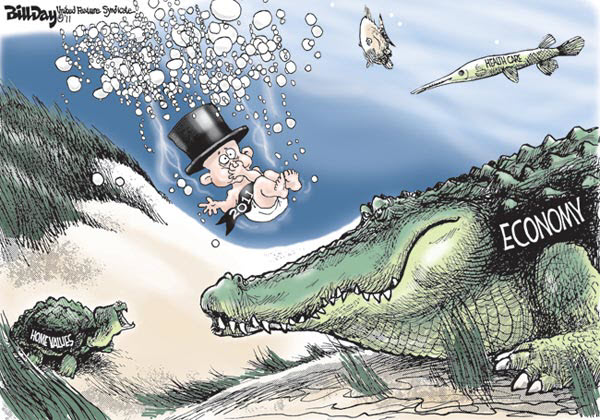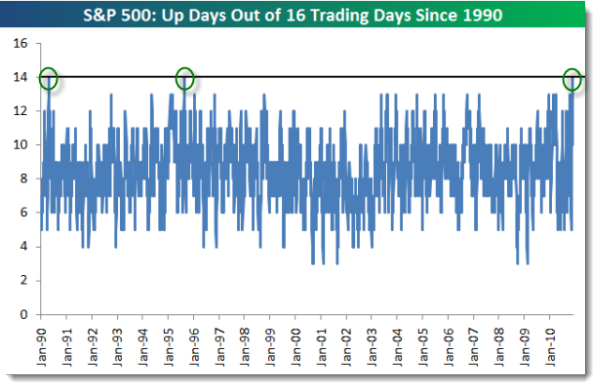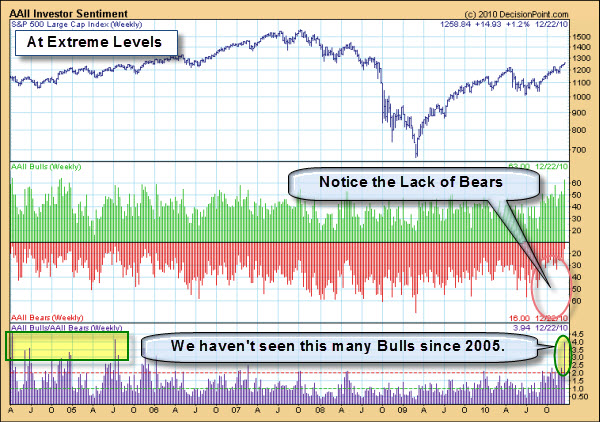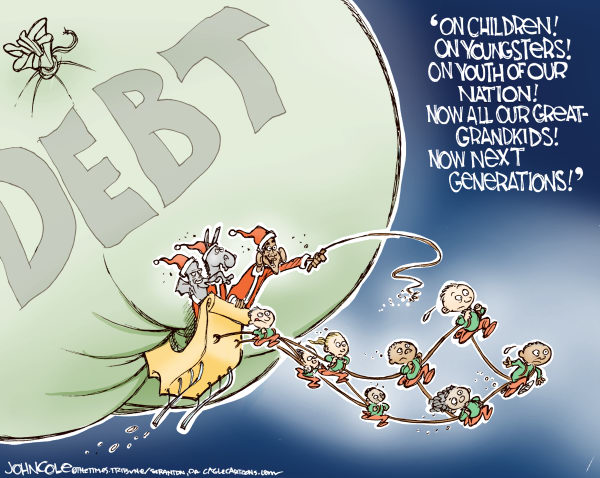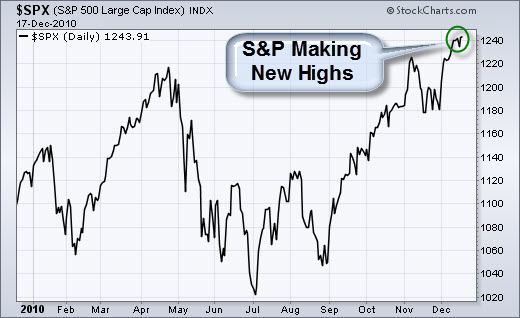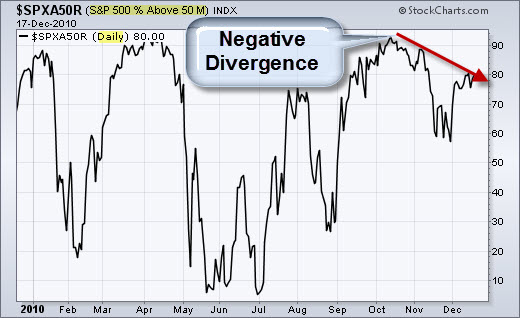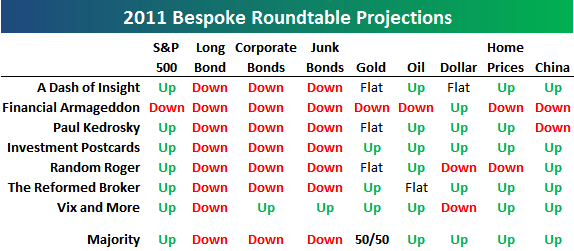As the markets hover in the rare air of their recent advances, there is a quote I've thought about several times recently. It is a little colorful … yet, it gets the point across.
Market Wizard, Ed Seykota, reminds that:
Hat-tip to Michael Covel for finding that gem; even if I might want to re-phrase it a little, it is a good reminder.
BusinessInsider had an interesting piece on David Einhorn's criticism of Ben Bernanke in his fourth quarter letter to investors. Here's what he wrote:
On August 27, 2010, Fed Reserve Bank Chairman Ben Bernanke gave a speech in Jackson Hole, Wyoming where he hinted that the Fed would provide additional monetary easing. At the time, the S&P 500 was down more than 3% for the year. From that point through the end of the year, the s&P rallied 19%. At the same time, oil prices rose 16%, copper prices rose 32%, coffee prices rose 34%, corn prices rose 43%, and cotton prices rose 57%.
In front of Congress, Mr. Bernanke credited his policies for "significant improvements in stock prices" which are "contributing to a better outlook for the economy." Mr. Bernanke also said his policies are not to blame for the sharp increase in the price of oil, which he claimed is the result of strong demand from emerging markets. Does Mr. Bernanke really believe anyone buys that? Ostensibly, it's a coincidence that many of the necessities of life came into simultaneous shortage and shot up in price just as Mr. Bernanke promised additional monetary stimulus.
Later in the letter, Einhorn continues the tirade against Bernanke for, among other reasons, that Bernanke told "60 Minutes" that he was 100% certain that the Fed could control inflation. Einhorn's take: "As for the future, we are 100% certain of nothing."
Business Posts Moving the Markets that I Found Interesting This Week:
- Can Apple Become the Most Valuable Company In The World? (BusinessInsider)
- Apple Should Have $100 Billion in Cash by end of 2012 (Barrons)
- Is The Smart Money Right About China? (DianChu)
- Investors Poured $33 Billion Into Emerging Markets During Q3 2010. (Forbes)
- 10 Questions for Ben Bernanke. (Time)
- More Posts Moving the Markets.
Lighter Ideas and Fun Links that I Found Interesting This Week
- Approximately Correct Is Better than Precisely Incorrect. (HBR)
- Let’s End the Myth that Ideas are Worthless. (AssetMap)
- Research Proves Thinking Can Make You Thinner. (WSJ)
- Top 10 Greatest Mathematicians: Lots of Other Lists Too. (Listverse)
- Sex and Marriage with Robots by 2050? Not an Ex-Spouse Joke. (LiveScience)
- More Posts with Lighter Ideas and Fun Links.






